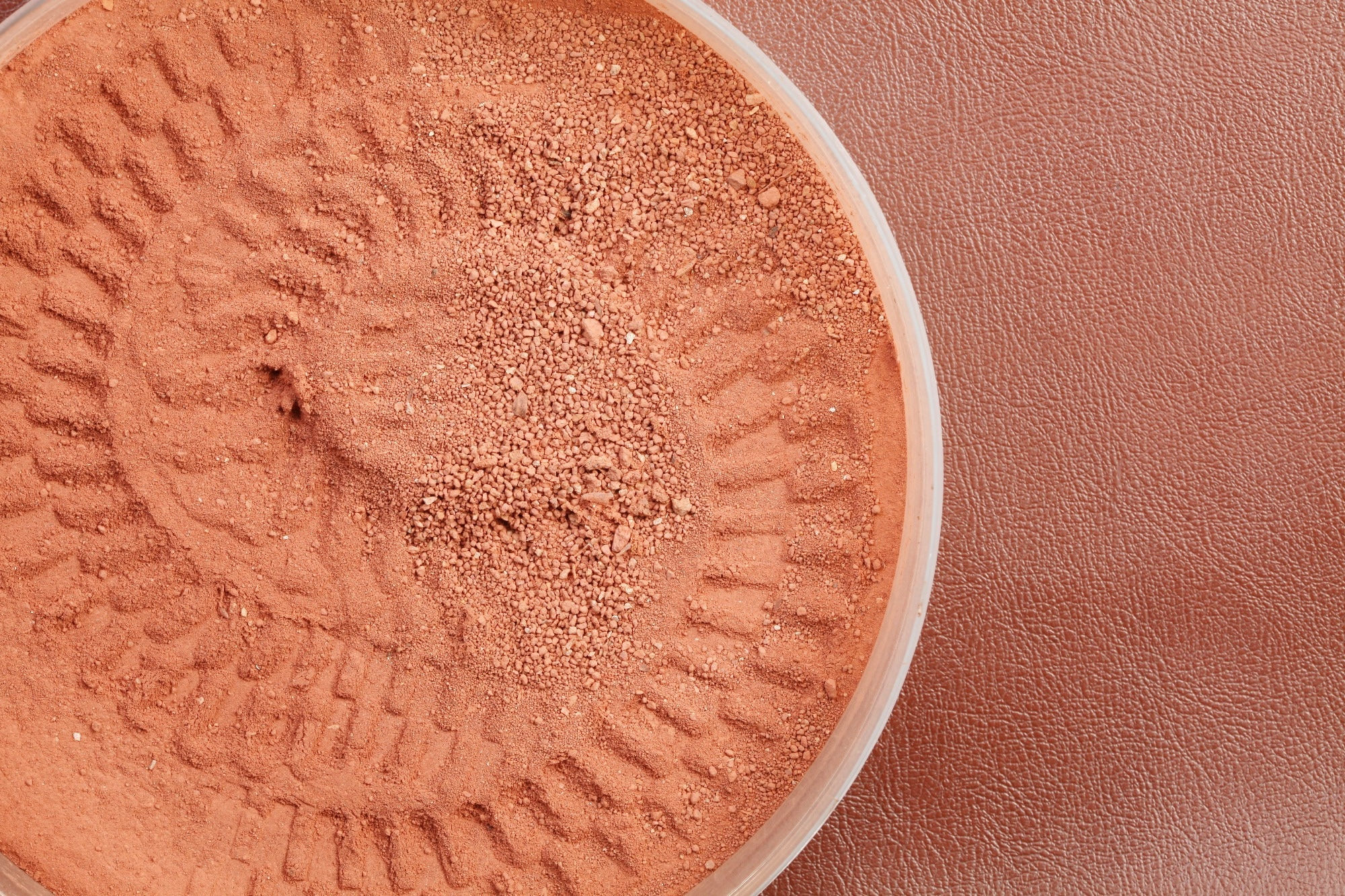In the ongoing effort to create more sustainable construction materials, researchers are exploring how laterite soil powder (LSP) might serve as a partial substitute for ordinary Portland cement (OPC). Their goal is to reduce the environmental impact of cement production without compromising the performance of mortar.
 Study: Laterite soil powder as cementing material for the production of high-performance mortar. Image Credit: Tatchaphol/Shutterstock.com
Study: Laterite soil powder as cementing material for the production of high-performance mortar. Image Credit: Tatchaphol/Shutterstock.com
A recent study published in Scientific Reports evaluated the effect of incorporating LSP into high-performance mortar (HPM), focusing on its influence on workability, strength, durability, and microstructure at different replacement levels.
Why Laterite Soil?
Alternative materials in concrete production often serve two purposes: reducing reliance on conventional cement and finding useful applications for waste or locally abundant resources. Laterite soil, rich in iron and aluminum, has already been used in bricks, road base layers, and geopolymer concrete. Yet, its potential as a direct cement substitute, particularly in powder form, has received limited attention.
Given growing environmental pressures and the push for cost-effective, regionally available materials, this study aimed to fill that gap by evaluating how LSP performs when blended into cement-based mortar.
How the Study Was Conducted
The laterite soil used in this study was sourced from Bahirdar, Amhara, Ethiopia, and manually ground into a fine powder. It was combined with standard materials used in HPM production: OPC, natural river sand, a water-reducing admixture (superplasticizer), and water.
Four mixes were prepared, with LSP replacing OPC at 0 %, 10 %, 20 %, and 25 %. A consistent water-to-binder ratio of 0.32 was maintained across all mixes. The resulting mortar was cast into cubes for testing mechanical strength and durability.
Workability was measured using a slump flow test. Compressive strength tests were conducted using a 2000 kN capacity machine, and chemical resistance was evaluated by curing samples in 5 % hydrochloric acid and 20 % sodium sulfate for 28 and 56 days, then measuring strength loss.
The study also measured strength activity index (SAI), water absorption, apparent density, and volume of permeable voids (VPV). Additionally, FTIR spectroscopy was used to analyze hydration products, and thermal behavior was examined through thermogravimetric (TGA) and differential thermal analysis (DTA) up to 900 °C.
Key Findings
The inclusion of LSP increased water demand but didn’t significantly affect the initial setting time. However, flowability declined noticeably as LSP content increased - mixes with 20 % LSP showed a 23 % drop in flow compared to the control.
When it came to strength, the 10 % LSP mix performed nearly on par with the control group. At higher replacement levels, mechanical performance and chemical resistance began to taper off. Still, at 10 %, the impact on durability was minimal.
Slight increases in water absorption were noted with higher LSP content, likely due to the powder’s natural porosity. Yet, the 10 % mix stayed within acceptable thresholds. FTIR results revealed that hydration products in the 10 % LSP mortar closely resembled those of the control, suggesting that core structural chemistry remained intact. Meanwhile, thermal analysis indicated higher calcium hydroxide content at increased LSP levels, a factor linked to reduced strength and durability in the more heavily modified mixes.
What This Means for Sustainable Construction
The study concludes that replacing 10 % of OPC with LSP offers a practical balance, maintaining mechanical performance and durability while improving sustainability. It highlights LSP’s potential as a supplementary cementitious material, especially in regions where laterite soil is readily available.
This approach not only reduces the carbon footprint associated with cement production but also promotes the use of locally sourced, low-cost materials in high-performance applications.
Journal Reference
Yehualaw, M. D., Nibret, H., Getachew, E. M., & Endale, S. A. (2025). Laterite soil powder as cementing material for the production of high-performance mortar. Scientific Reports, 15(1). DOI: 10.1038/s41598-025-99390-1, https://www.nature.com/articles/s41598-025-99390-1
Disclaimer: The views expressed here are those of the author expressed in their private capacity and do not necessarily represent the views of AZoM.com Limited T/A AZoNetwork the owner and operator of this website. This disclaimer forms part of the Terms and conditions of use of this website.